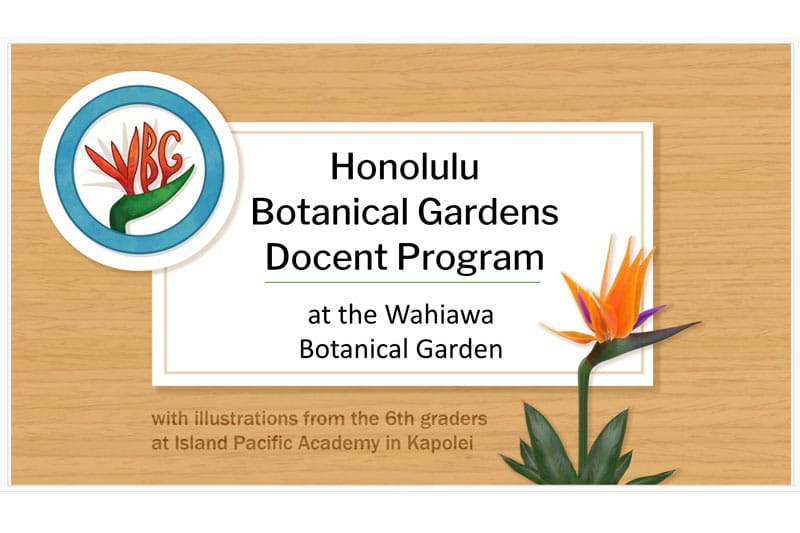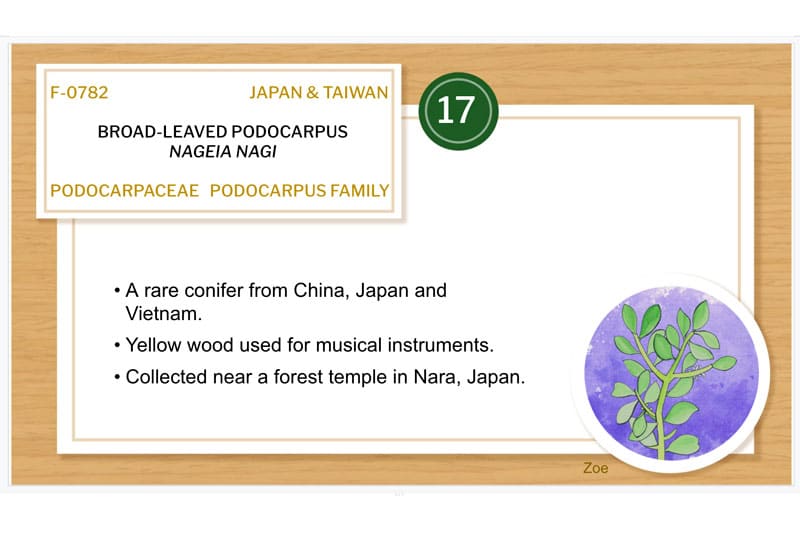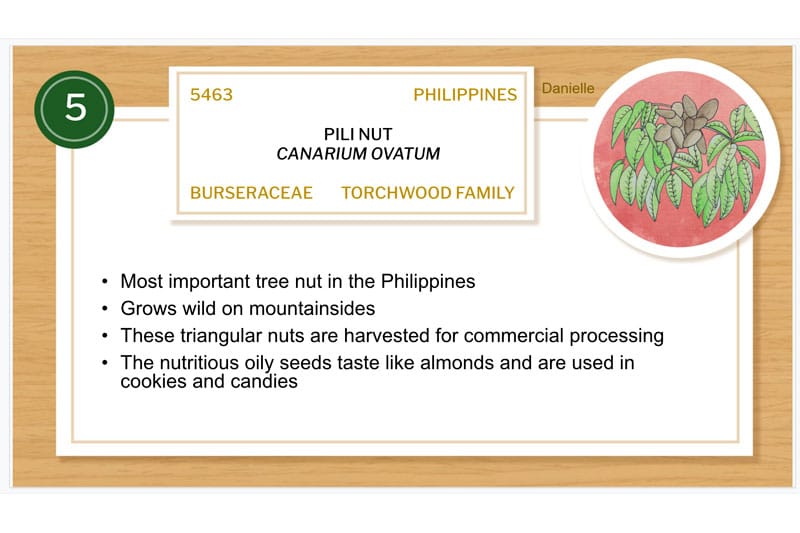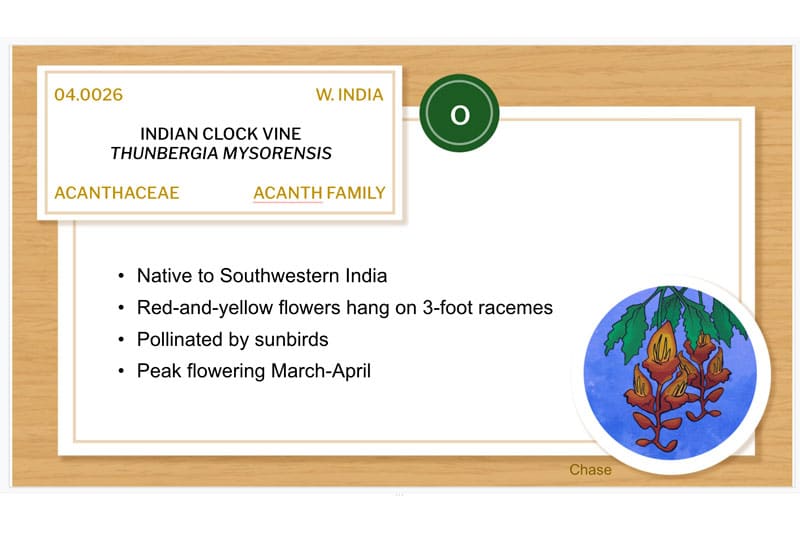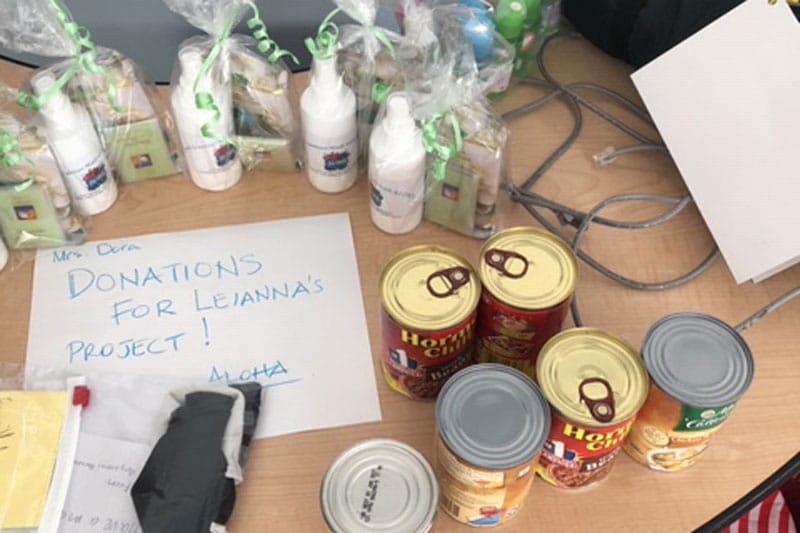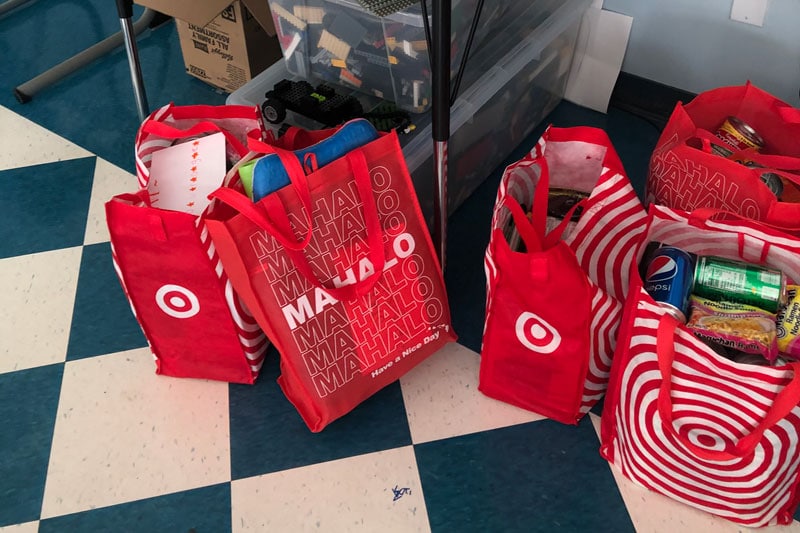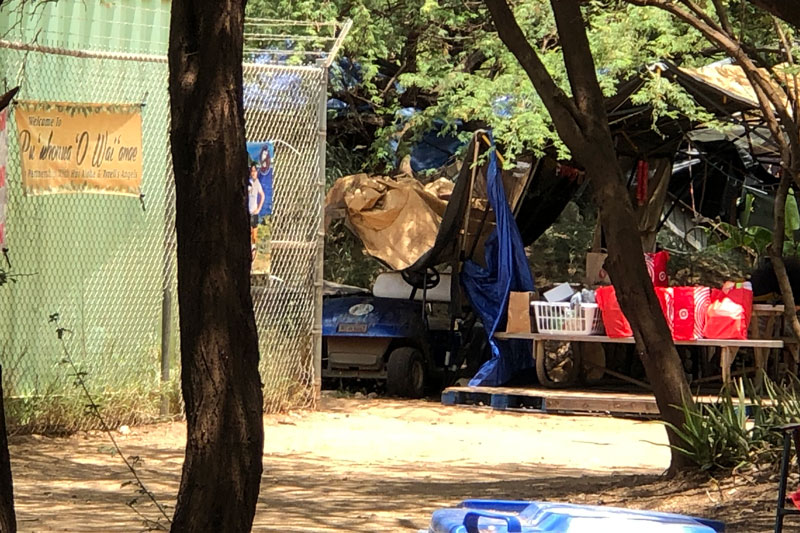Dora Chilton, Secondary Design Technology teacher, gets her middle school students engaged in projects that have the possibility to make an impact beyond the classroom, elevating them from just an exercise to something more important, with an emotional investment from the students. It’s authentic learning, where students pursue projects that are real, relevant, and meaningful to them. The projects also allow the students an opportunity to give back to their community in the process.
This year, the Grade 6 students used the design thinking process to create useful and creative solutions that addressed real-world problems for several organizations in the local and international community, including Wahiawa Botanical Garden, the Australian National Park Service, and Puʻuhonua O Waiʻanae.
After a learning trip to Wahiawa Botanical Garden in the fall, the Grade 6 students discovered that the organization was in need of new, printed educational materials. The students worked in groups and, using design thinking, created a new logo and a botanical guide, with information about the different plants and accompanying illustrations, to be used for the garden’s docent program. Wahiawa Botanical Garden is now in the process of printing up the docent guide and creating binders for their new volunteers.
For the Change for Change school fundraiser in the winter, the Grade 6 students helped create a solution to the problem of raising funds by researching the types of wildlife found in Australia and creating colorful drawings of the animals, which they used to make buttons, keychains, stickers, and magnets to sell. They were able to use design thinking, and marketing and manufacturing, to solve a problem and provide a way for them to make an impact for the Australian National Park Service.
When the COVID-19 pandemic upended the school year this spring, Chilton was forced to re-evaluate her plans for the students’ final class project, and carry it out through distance learning.
“Since we couldn’t follow the original curriculum, I decided to let the students choose the theme of their final project,” she explains. “After tackling various problems throughout the year, the students knew what steps to take to research and define a problem and then try to solve it in some small, but meaningful way.”
For their final project, the students decided to find a way to help the families at Puʻuhonua O Waiʻanae, a village of approximately 250 people living unhoused. Students Jacky ‘26, Danielle ‘26, Emma ‘26, Mila ‘26, and Leianna ‘26 were inspired to help after seeing a video about the community, and they shared their concerns with their classmates, who were eager to help. The class used the design thinking process – empathize, define, ideate, prototype, test – and came up with a project to provide assistance to the families.
“To empathize and get to know their ‘audience’, the students formulated questions that they were able to pose to Kristy, from the organization Heading Home,” shares Chilton. “They also were able to talk with a homeless woman from Waianae to hear from someone directly affected.”
The students researched local organizations and used their findings to develop the idea of creating care packages to donate to people in need, especially important during these difficult times.
“Students chose what kind of gift they wanted to make/gather for the homeless, ranging from homemade hand sanitizer to socks for a child,” explains Chilton. “Everything needed an accompanying tag or card that expressed the students’ concern for the recipient’s wellbeing. Students also created a resource guide that was included in the packets. Then at the end-of-the-year pick-up/drop-off day, students dropped off their items at the school.”
Chilton delivered the care packages to the families herself, and described it to the students in an email.
“I walked back around to the front of the camp and asked the first two gentlemen what I could do with my students’ donations. They called over a woman named Rosie. She helped me unload the bags from the car and carry them over to a picnic table. I so wanted her to distribute all the bundles you gathered with so much kindness and care, but that was not possible. So we can only imagine the children’s joy as they open toys, and the parents’ relief when they receive bundles of toiletries that will keep their families safe until the world and other opportunities open up in the fall. I can imagine their faces as they open your beautiful cards and feel recognized. Thanks for making that all happen!”
